Its in the library... lets not complicate matters (I suspect you have got a corrupted download when taking it from github)
(btw: I'm assuming your on 1.0.8, it will not open with anything prior to this)
so , sync library,
then you have to open patches using the file menu, not via the object browser. (yes, next step is to add a patch browser)
so file/ open patch, go to your axoloti home directory, then axoloti-contrib, then patches, then cpwitz/effects
and its there..
I just sync'd my library and found it first time.

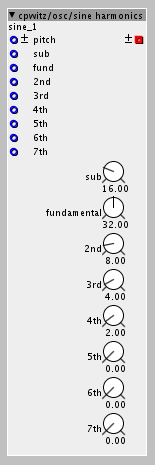
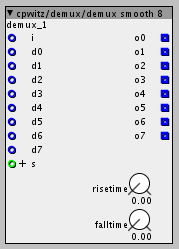

 actually should go to factory/objects
actually should go to factory/objects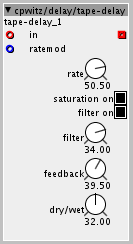

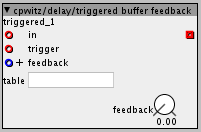
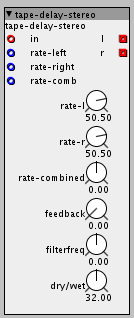
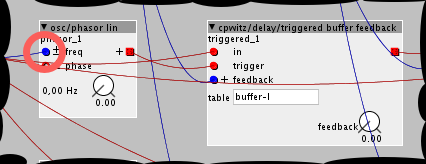
 .
.